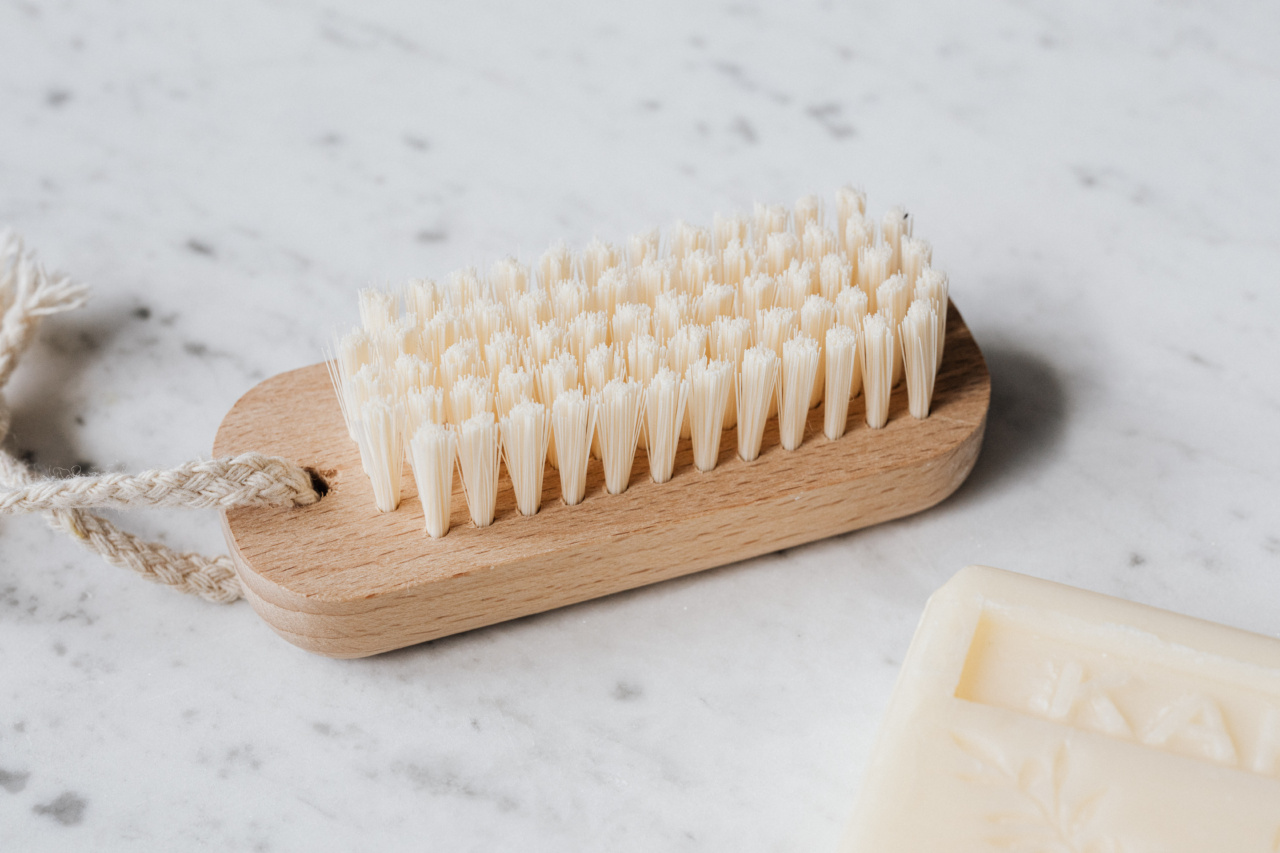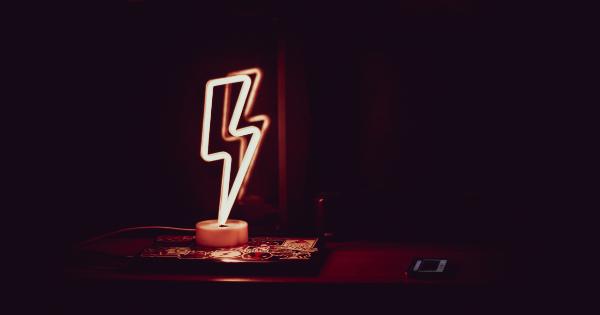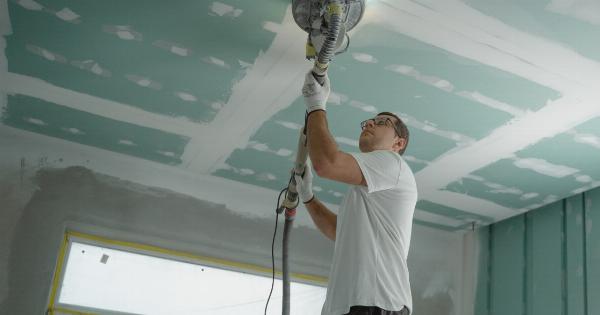Allergy sufferers understand the importance of maintaining a clean and allergen-free home environment. Regular cleaning routines can significantly reduce exposure to common allergens such as dust mites, pet dander, pollen, and mold.
To help you create an allergy-friendly home cleaning routine, we have compiled a comprehensive guide that covers various cleaning methods and products.
1. Start with a Dusting Strategy
Dusting is a crucial step in combating allergies. Use a damp cloth or microfiber cloth to trap dust particles instead of dispersing them into the air.
Start from the top and work your way down, ensuring you dust all surfaces, including shelves, furniture, and electronics. Don’t forget to wipe down blinds and curtains regularly as well.
2. Vacuum with a HEPA Filter
A high-efficiency particulate air (HEPA) filter is a powerful tool in the fight against allergens. Invest in a vacuum cleaner equipped with a HEPA filter to effectively capture dust, pet dander, and other microscopic allergens.
Vacuum all carpets, rugs, upholstery, and mattresses at least once a week to keep allergen levels low.
3. Wash Bedding Weekly
Bedding, including sheets, pillowcases, and duvet covers, can accumulate allergens over time. Wash these items in hot water weekly to eliminate allergens effectively.
Additionally, encase your pillows, mattresses, and box springs in hypoallergenic covers to create a barrier against dust mites.
4. Use Allergy-Friendly Cleaning Products
Conventional cleaning products can contain harsh chemicals that can trigger allergic reactions. Opt for allergy-friendly cleaning products that are fragrance-free, dye-free, and free of volatile organic compounds (VOCs).
Look for products labeled hypoallergenic, non-toxic, and environmentally friendly to ensure a safe and allergy-friendly cleaning experience.
5. Keep Bathrooms Mold-Free
Mold spores can be a major source of allergies, especially in damp areas like bathrooms. Regularly clean and disinfect bathroom surfaces to prevent mold growth. Use mold-resistant products for caulk and grout to reduce the chances of mold colonization.
6. Minimize Indoor Humidity
Controlling indoor humidity levels is crucial for preventing mold and dust mite growth. Keep humidity levels below 50% by using dehumidifiers or air conditioners.
Fix any plumbing leaks promptly and ensure proper ventilation in areas prone to moisture, such as bathrooms and kitchens.
7. Regularly Wash and Brush Pets
Pets can bring in allergens from outdoors and shed dander indoors, triggering allergies. Regularly wash and brush your pets to minimize allergens and keep them from spreading throughout your home.
Designate a pet-free area in your home to further reduce allergen exposure.
8. Maintain a Clutter-Free Home
Cluttered spaces can trap allergens, making it harder to keep your home allergy-friendly. Remove unnecessary items and maintain a clutter-free environment to make cleaning more manageable.
Minimizing clutter also improves airflow and reduces the accumulation of dust and other allergens.
9. Implement Shoe-Free Zones
Shoes can track in outdoor allergens such as pollen and mold spores. Designate shoe-free zones near entryways to prevent allergens from spreading throughout your home.
Encourage family members and guests to remove their shoes upon entering to maintain a cleaner and allergen-free living space.
10. Consider Air Purifiers
Air purifiers with HEPA filters can efficiently capture airborne allergens, improving indoor air quality. Place air purifiers in commonly occupied rooms or areas with high allergen concentrations, such as bedrooms and living rooms.
Regularly clean and replace filters to maintain optimal performance.
By following these tips and incorporating allergy-friendly cleaning practices into your routine, you can create a clean and safe environment for allergy sufferers.
Remember that consistency is key, so make a schedule and stick to it to ensure your home remains allergen-free.































